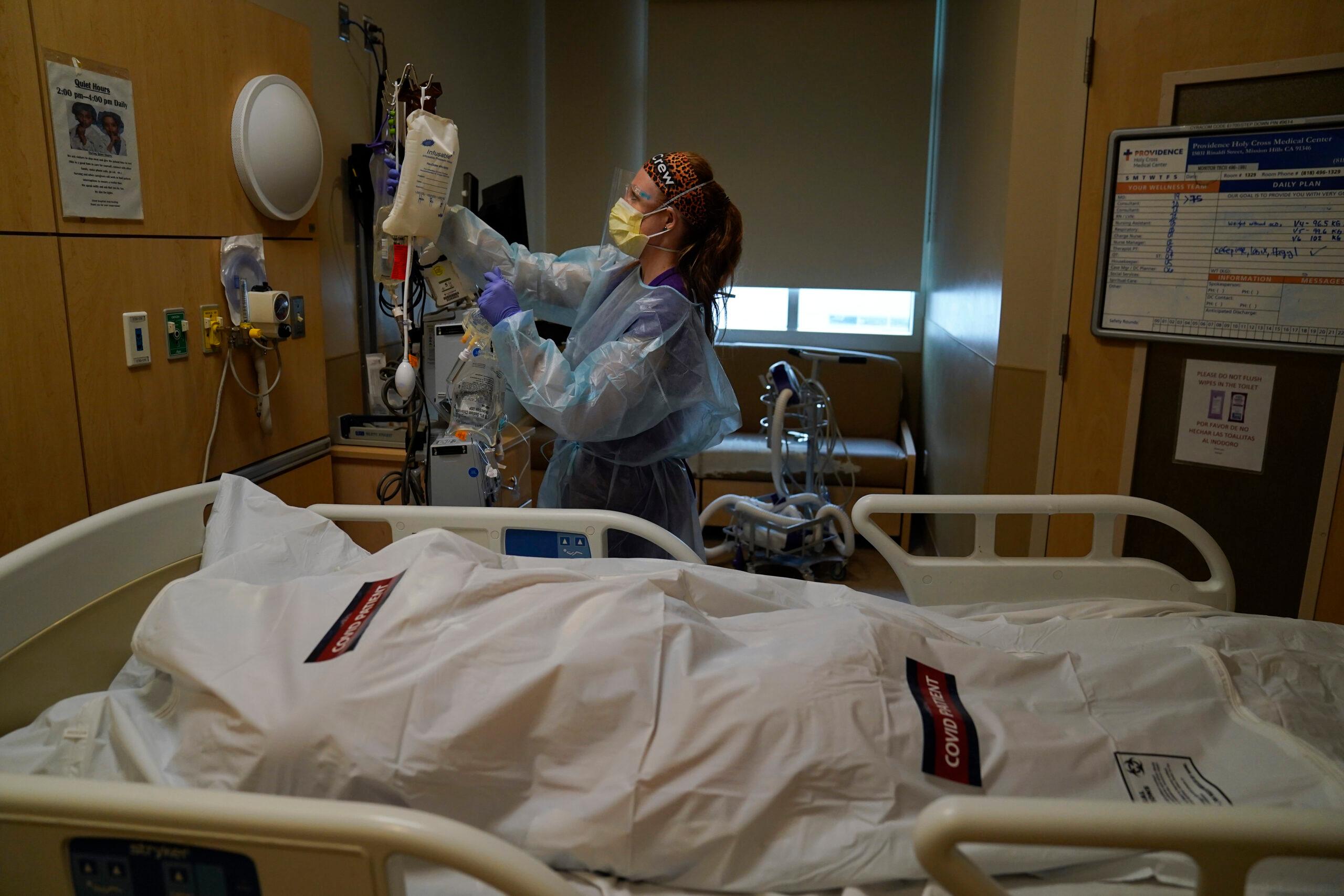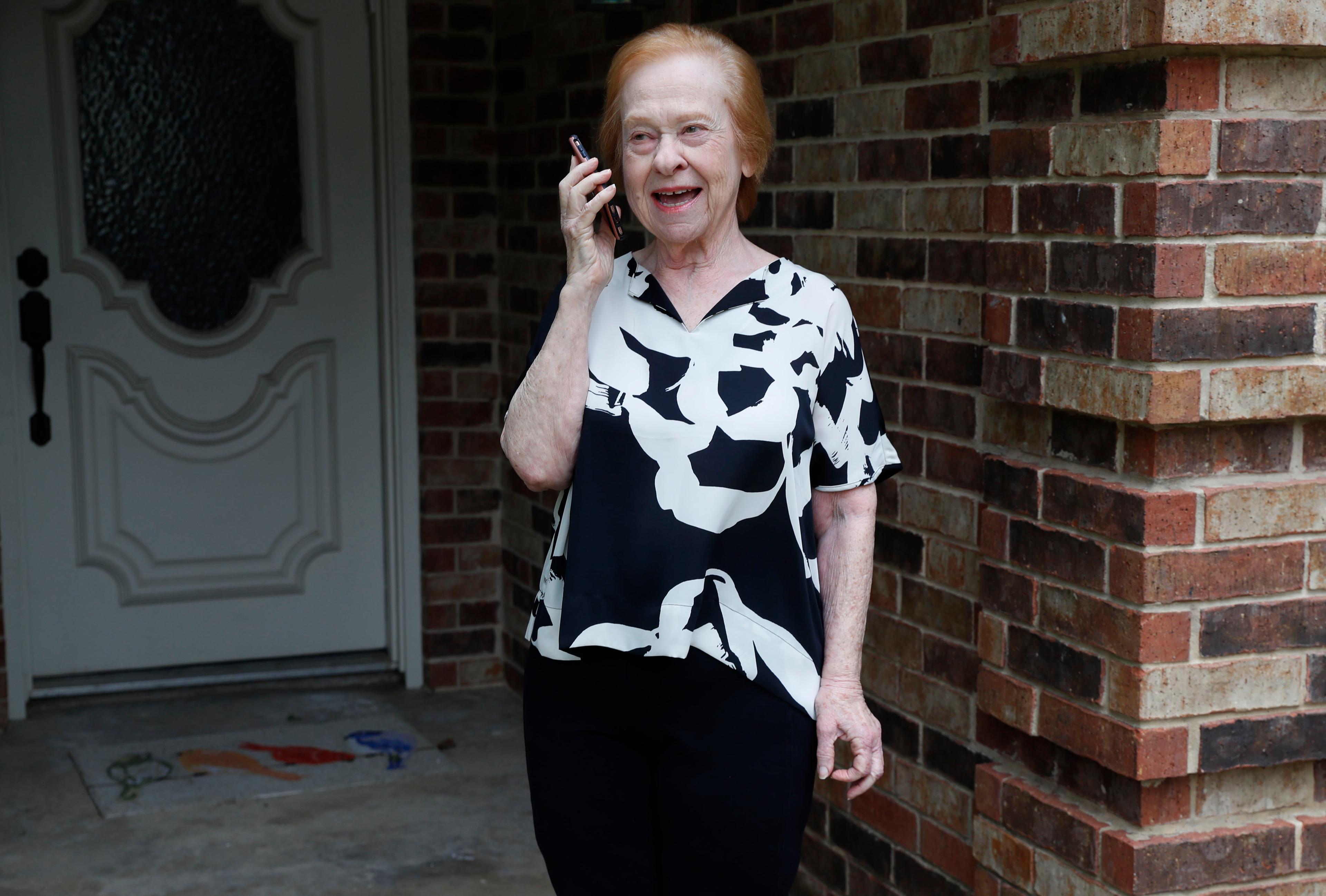
Life expectancy dropped in Colorado for the second straight year in 2021. It’s the kind of decline, driven by the pandemic, not seen in decades, data from the state health department show.
The average life expectancy for Colorado residents fell to 78 years in 2021. That's slightly lower than 2020, the first year of the pandemic when it was 78.4 years, but the slide represents a persistent and significant drop of nearly three years compared to 2019.
“The last time life expectancy dropped like this was in 1943, which was the most fatal year of World War II, for the nation,” said Dr. Eric France, the state’s chief medical officer. “It is tragic that we see life expectancy drop. Death rates increased by 20 percent.”
Key drivers for the decline were COVID-19 and overdose deaths.
The data vary by demographic group. COVID-19 was the leading cause of death among Hispanics, as well as non-Hispanic Native Hawaiian/Other Pacific Islanders and American Indian/Native Alaskans, the data show.
Dr. Lilia Cervantes, an associate professor in the Department of Medicine at the University of Colorado School of Medicine, said she wasn’t surprised by the new numbers.
“The Latino community makes up the majority of the essential workforce,” said Cervantes, who is a member of the Colorado Vaccine Equity Taskforce. “During COVID, they've been the least protected. They've not been able to avoid public transportation. They've had to continue working sometimes even while ill and are the least likely to have healthcare coverage.”
Vaccination rates for Hispanics, the term used in state and federal health studies, lag other groups, both in Colorado and nationally.
The data mirror national trends.
American Indians and Alaska Natives faced similar population-level health challenges. Both communities entered the pandemic with “longstanding pre-existing health disparities that made them especially vulnerable to more severe COVID illness and death,” said Michelle Sarche, a licensed clinical psychologist and associate professor in the Centers for American Indian & Alaska Native Health and Department of Community & Behavioral Health at the Colorado School of Public Health.
She noted many tribal communities face underlying health challenges, including “inadequate access to healthcare, education, affordable and sufficient housing, and economic opportunity, all of which are treaty rights and trust obligations that the United States, in its own analysis, has failed to uphold.”
As troubling as these data are, though, it’s important to tell the whole story,” one of resilience, resistance and survival,'' said Sarche, a member of the Lac Courte Oreilles Band of the Ojibwe tribe.
American Indian and Alaska Native communities “instituted some of the most successful vaccine campaigns,” she said. “They marshaled enormous resources to protect their communities, and the most vulnerable among them — including elders,” bearers of native language and culture for younger generations.
Cervantes also stressed the resilience of Hispanic communities during the pandemic and spotlighted changes that could help down the road.
She said countries with similar wealth as the U.S. provide more comprehensive social services and guarantee health care. She thinks a recent push to cover all Coloradans and make healthcare more affordable could help.
“Colorado, I feel like, is creating change to make it so that access to healthcare coverage depends less on immigration status and socioeconomic status,” she said.
The overall life expectancy among Colorado residents was 78.4 years in 2020 (81.0 years for females, 76.0 years for males) and 78.0 years in 2021 (80.9 years for females and 75.2 years for males), according to the Colorado Department of Public Health and Environment. That’s based on final death certificate data for 2020 and 2021, and improved population estimates for both years.
COVID-19 remained the third leading cause of death among Colorado residents in 2021, as it was in 2020, the health department found. Among non-Hispanic Black/African Americans, Asians, and whites, COVID-19 was the third leading cause of death.
Unintentional injuries, which include all accidental drug overdoses, motor vehicle accidents, and falls, remained the fourth leading cause of death among Colorado residents in 2021, while suicide remained the eighth leading cause, and homicide moved from 17th to 16th leading cause. Chronic diseases continue to make up the remainder of the leading causes of death.
"The biggest driver of the increases in drug overdose deaths in the past few years has indeed been fentanyl," said Kirk Bol, the state's Vital Statistics Program manager. Fentanyl is a powerful synthetic opioid similar to morphine but 50 to 100 times more potent. It's increasingly being found in other drugs laced with fentanyl, causing users to overdose accidentally.
In 2017, the state recorded 81 fentanyl deaths. In 2021, the number rose to 912, half of all overdose deaths. Bol called it a “shocking increase.”
In 2021, there were 1,881 total drug overdose deaths among Colorado residents — an increase compared to the 1,477 deaths recorded in 2020. The highest increase involved fentanyl, which soared from 540 in 2020 to 912. Increases were also observed in overdose deaths involving methamphetamine and cocaine, while small declines were seen in overdose deaths involving heroin.









